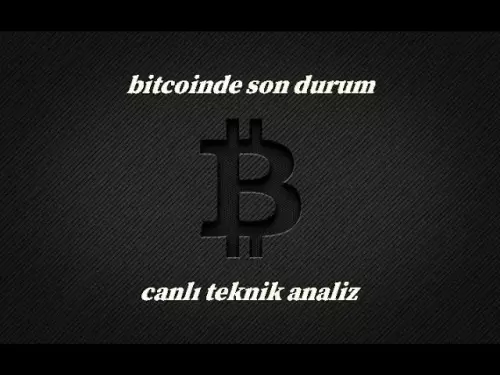-
 Bitcoin
Bitcoin $117,272.7457
1.45% -
 Ethereum
Ethereum $2,938.4907
0.32% -
 XRP
XRP $2.7050
7.14% -
 Tether USDt
Tether USDt $1.0003
0.03% -
 BNB
BNB $688.4019
0.08% -
 Solana
Solana $162.0506
-0.53% -
 USDC
USDC $0.9999
0.01% -
 Dogecoin
Dogecoin $0.1981
2.75% -
 TRON
TRON $0.3014
2.68% -
 Cardano
Cardano $0.7006
4.22% -
 Hyperliquid
Hyperliquid $45.7987
5.26% -
 Sui
Sui $3.3641
-1.74% -
 Stellar
Stellar $0.3530
17.81% -
 Bitcoin Cash
Bitcoin Cash $526.1849
1.91% -
 Chainlink
Chainlink $15.0782
-0.24% -
 Avalanche
Avalanche $20.4108
-1.04% -
 UNUS SED LEO
UNUS SED LEO $9.0974
0.64% -
 Hedera
Hedera $0.1908
0.86% -
 Shiba Inu
Shiba Inu $0.0...01307
-0.71% -
 Toncoin
Toncoin $2.9472
0.65% -
 Litecoin
Litecoin $93.4465
-0.72% -
 Polkadot
Polkadot $3.8633
0.76% -
 Monero
Monero $331.7195
1.21% -
 Uniswap
Uniswap $8.6299
3.44% -
 Dai
Dai $0.9997
-0.01% -
 Ethena USDe
Ethena USDe $1.0005
0.00% -
 Bitget Token
Bitget Token $4.5000
-1.64% -
 Pepe
Pepe $0.0...01213
-0.55% -
 Aave
Aave $293.9403
-3.56% -
 Bittensor
Bittensor $388.7816
4.71%
What is the best way to get paid from a mining pool?
Mining pools let miners combine resources for steadier rewards, with payouts based on hash power and chosen distribution methods like PPS or PPLNS.
Jul 12, 2025 at 06:50 am
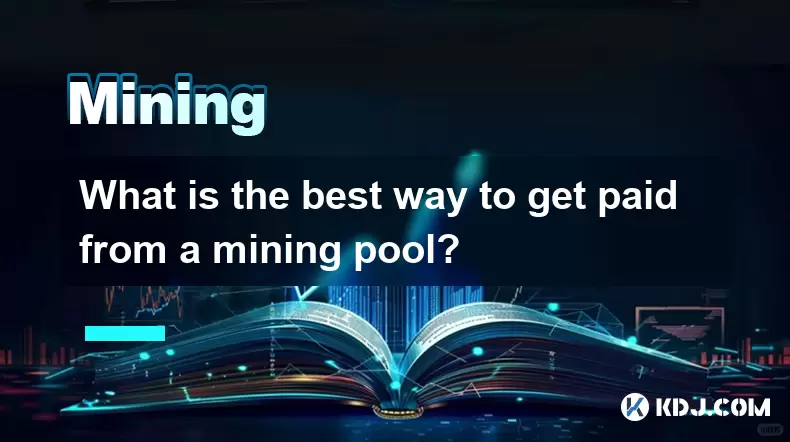
Understanding How Mining Pools Operate
Mining pools are collaborative groups of cryptocurrency miners who combine their computational resources to increase the probability of successfully mining a block. When a block is mined, the reward is distributed among all participants based on their contributed hash power. This system ensures more consistent earnings compared to solo mining, where rewards can be sporadic and unpredictable.
The structure of a mining pool typically includes a server that coordinates the work distribution and verifies each miner's contribution. Pool operators charge a small fee, usually between 1% and 3%, for maintaining the infrastructure and ensuring smooth operations. The key advantage lies in the reduced variance of income, making mining accessible even to those with limited hardware capabilities.
Different Reward Distribution Methods in Mining Pools
To understand how you get paid from a mining pool, it’s essential to grasp the various payout schemes used:
- Pay-per-Share (PPS): Miners are paid immediately for each valid share they submit. This model offers the most predictable income but may involve higher fees due to the risk pool operators take.
- Proportional: Rewards are distributed proportionally after a block is found, based on the number of shares submitted by each miner during the round. However, this method can be exploited through "pool hopping."
- Score-based Systems: These assign scores to shares over time, reducing the incentive to hop and offering fairer long-term payouts.
- PPLNS (Pay Per Last N Shares): Payments depend on the number of shares submitted during a specific window before a block is found. It discourages cheating and provides accurate reward allocation based on actual contributions.
Each method has its pros and cons, and your choice should align with your mining goals, stability preference, and risk tolerance.
Setting Up Your Mining Rig for Pool Participation
Before you start earning from a mining pool, you need to configure your mining rig correctly. Begin by selecting appropriate mining software compatible with your hardware — whether it's ASICs, GPUs, or FPGAs. Popular options include CGMiner, BFGMiner, and NiceHash for ASICs and Claymore or PhoenixMiner for Ethereum-based coins.
Once the software is installed, you’ll need to input the mining pool’s URL, port number, and your worker credentials. Workers are virtual miners under your main account, allowing you to monitor individual rigs separately. You'll also set up a wallet address where your earnings will be sent once they reach the minimum payout threshold.
Ensure your internet connection is stable and firewall settings allow outbound connections to the pool server. A reliable setup increases your hash submission rate, directly impacting your share of the rewards.
Choosing the Right Mining Pool for Maximum Earnings
Selecting an optimal mining pool involves evaluating several factors:
- Pool Size: Larger pools offer more frequent payouts but might have higher fees and centralization risks. Smaller pools provide better decentralization but with less predictable income.
- Fee Structure: Compare the operational costs across different pools. Some pools offer zero fee models supported by donations or advertisements.
- Server Location: Proximity to the pool’s server reduces latency and improves efficiency. Most pools provide multiple geographically distributed servers.
- User Interface and Transparency: A clear dashboard showing your hashrate, accepted shares, and pending balance enhances trust and helps troubleshoot issues quickly.
- Supported Cryptocurrencies: Ensure the pool supports the coin you're mining. Some pools specialize in specific algorithms like SHA-256 or Ethash.
By analyzing these aspects, you can choose a pool that maximizes your net profitability and operational ease.
Monitoring Your Earnings and Optimizing Performance
After joining a mining pool, it's crucial to actively monitor your performance. Most pools offer web dashboards or APIs where you can view real-time data such as:
- Current hashrate
- Accepted, rejected, and stale shares
- Estimated daily earnings
- Historical payout records
High rejection rates often indicate network instability or misconfigured mining software. If your worker status frequently disconnects, check your internet connectivity or consider switching to a closer server.
Optimize your mining performance by tweaking overclocking settings, adjusting intensity levels, and ensuring adequate cooling. Even minor improvements in hashrate efficiency can significantly impact your monthly earnings.
Many pools also offer mobile apps or email notifications for alerts regarding downtime or low performance. Leveraging these tools helps maintain consistent output and maximize returns.
Frequently Asked Questions
What happens if a pool fails to find a block?
If a mining pool doesn’t mine a block within a certain period, no reward is distributed. However, since you’re part of a collective effort, the likelihood of finding blocks regularly is much higher than solo mining.
Can I switch mining pools without losing my earnings?
Yes, you can switch pools at any time. Your accumulated balance remains intact and will be paid out once the new pool processes a block and reaches the minimum payout threshold.
Why do some pools pay less than others?
Earnings vary due to differences in pool size, luck in finding blocks, reward systems, and fees. A smaller pool might go days without finding a block, temporarily affecting your income.
How often are payouts made by mining pools?
Most pools distribute rewards automatically once your balance meets the minimum payout requirement, which can range from 0.001 BTC to higher thresholds depending on the coin and pool policy.
Disclaimer:info@kdj.com
The information provided is not trading advice. kdj.com does not assume any responsibility for any investments made based on the information provided in this article. Cryptocurrencies are highly volatile and it is highly recommended that you invest with caution after thorough research!
If you believe that the content used on this website infringes your copyright, please contact us immediately (info@kdj.com) and we will delete it promptly.
- Bitcoin's New ATH: Is Upside Potential Still on the Table?
- 2025-07-12 10:30:13
- Worldcoin, Crypto, and Concerns: A New Yorker's Take
- 2025-07-12 10:30:13
- Ripple's RLUSD: Drought Insurance in Kenya and XRP's Bullish Momentum
- 2025-07-12 10:50:11
- Bitcoin's Wild Ride: Surge to $118K, Short Squeeze City!
- 2025-07-12 10:50:11
- Bitcoin, Crypto, and the Bull Run: What's Driving the Surge?
- 2025-07-12 10:55:12
- Pudgy Penguins on the Move: Traders Eye PENGU Price for Dogecoin-Sized Gains
- 2025-07-12 11:00:12
Related knowledge
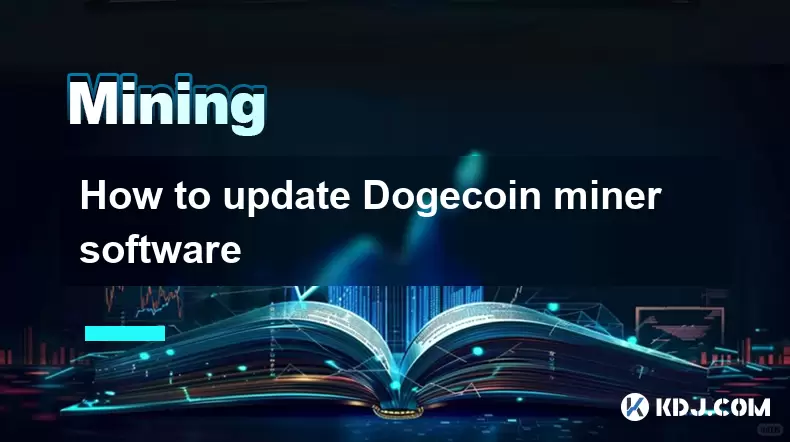
How to update Dogecoin miner software
Jul 12,2025 at 12:36pm
Understanding Dogecoin Mining and the Need for Software UpdatesDogecoin mining involves using specialized software to validate transactions on the Dog...

Overclocking settings for Dogecoin mining
Jul 12,2025 at 12:57pm
Understanding Overclocking in Dogecoin MiningOverclocking refers to the process of increasing the clock rate of a component—typically a GPU or CPU—bey...
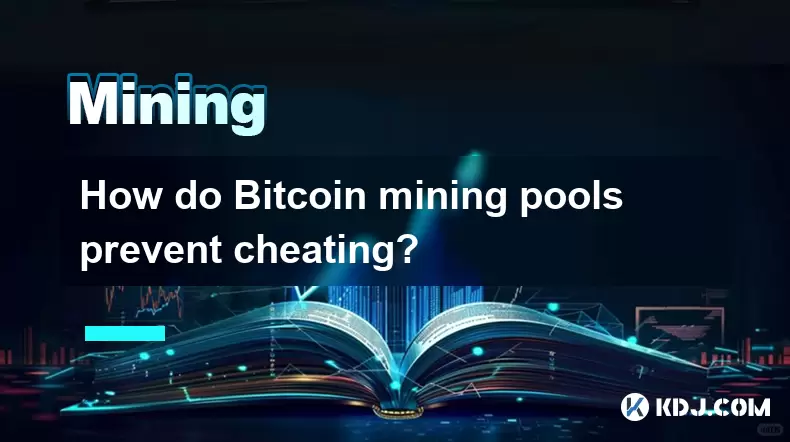
How do Bitcoin mining pools prevent cheating?
Jul 12,2025 at 10:36am
Understanding the Role of Mining Pools in BitcoinBitcoin mining pools are collaborative groups where multiple miners combine their computational resou...
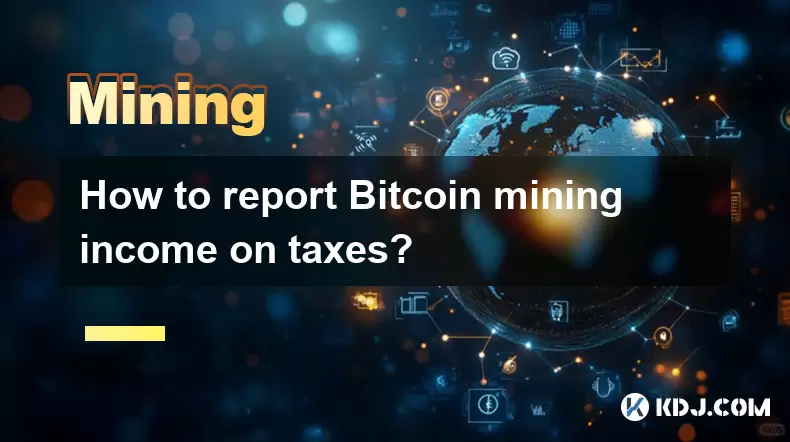
How to report Bitcoin mining income on taxes?
Jul 12,2025 at 11:01am
Understanding Bitcoin Mining and Tax ObligationsBitcoin mining involves validating transactions on the blockchain and receiving rewards in the form of...
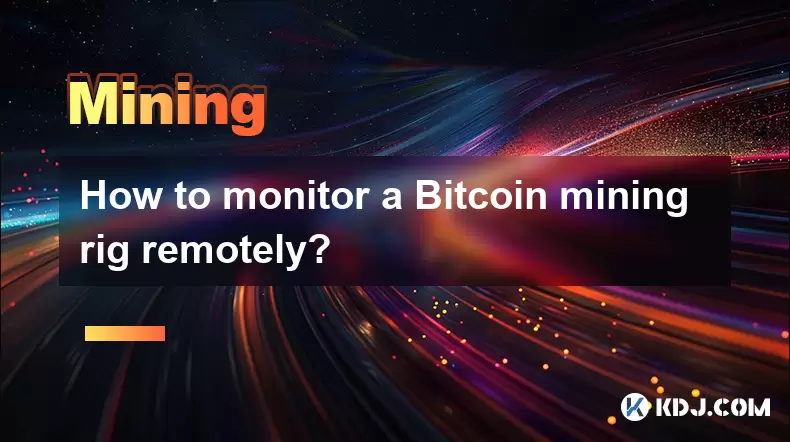
How to monitor a Bitcoin mining rig remotely?
Jul 12,2025 at 09:36am
Understanding the Basics of Remote Bitcoin Mining Rig MonitoringMonitoring a Bitcoin mining rig remotely involves using specialized tools and techniqu...
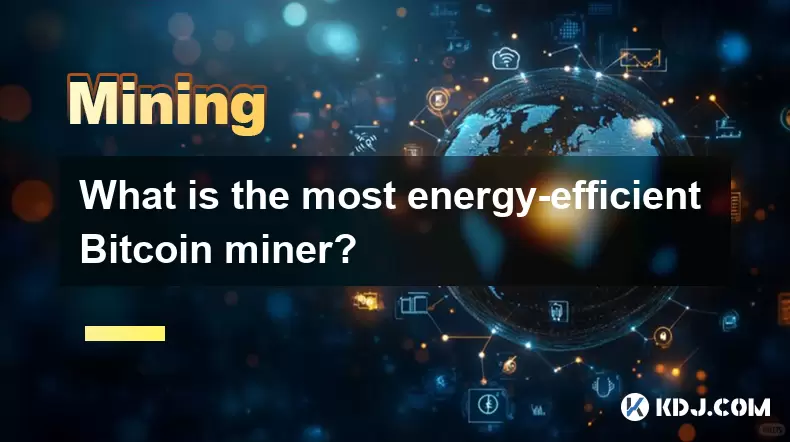
What is the most energy-efficient Bitcoin miner?
Jul 12,2025 at 12:29pm
Understanding Energy Efficiency in Bitcoin MiningBitcoin mining requires significant computational power, which translates to high energy consumption....

How to update Dogecoin miner software
Jul 12,2025 at 12:36pm
Understanding Dogecoin Mining and the Need for Software UpdatesDogecoin mining involves using specialized software to validate transactions on the Dog...

Overclocking settings for Dogecoin mining
Jul 12,2025 at 12:57pm
Understanding Overclocking in Dogecoin MiningOverclocking refers to the process of increasing the clock rate of a component—typically a GPU or CPU—bey...

How do Bitcoin mining pools prevent cheating?
Jul 12,2025 at 10:36am
Understanding the Role of Mining Pools in BitcoinBitcoin mining pools are collaborative groups where multiple miners combine their computational resou...

How to report Bitcoin mining income on taxes?
Jul 12,2025 at 11:01am
Understanding Bitcoin Mining and Tax ObligationsBitcoin mining involves validating transactions on the blockchain and receiving rewards in the form of...

How to monitor a Bitcoin mining rig remotely?
Jul 12,2025 at 09:36am
Understanding the Basics of Remote Bitcoin Mining Rig MonitoringMonitoring a Bitcoin mining rig remotely involves using specialized tools and techniqu...

What is the most energy-efficient Bitcoin miner?
Jul 12,2025 at 12:29pm
Understanding Energy Efficiency in Bitcoin MiningBitcoin mining requires significant computational power, which translates to high energy consumption....
See all articles























